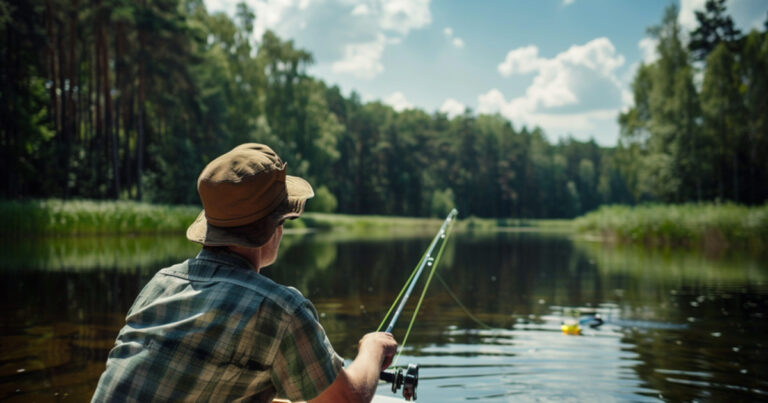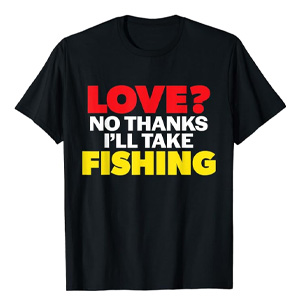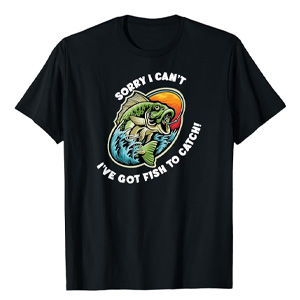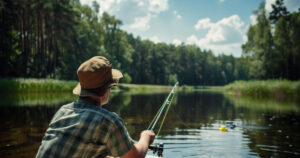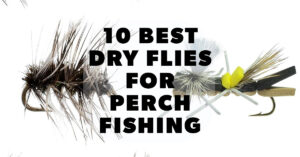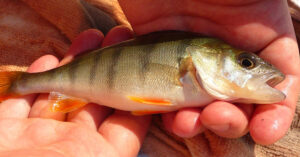Fishing for perch with Powerbait is a popular and effective technique that can yield impressive results, especially for beginner anglers. Powerbait is a type of bait specifically designed to attract fish, and its effectiveness for perch fishing has been proven time and time again. In this beginner’s guide, we will explore the world of perch fishing with Powerbait, providing you with valuable information and tips to make your fishing trips more successful.
Can you catch perch with PowerBait?
Yes, you can catch perch with PowerBait. PowerBait has been proven to be highly effective in attracting and catching perch. Many anglers have reported success using PowerBait for perch fishing and recommend it as a go-to bait.
Understanding PowerBait and Its Effectiveness for Perch Fishing
PowerBait, developed by Berkley, is a revolutionary bait that has changed the game for anglers. The secret behind PowerBait’s effectiveness lies in its unique formula and scent that fish find irresistible. PowerBait is infused with a special scent that fish can detect from a distance, making them more likely to be attracted to it. The scent is long-lasting, so even if the bait has been in the water for a while, fish will still be drawn to it.
In addition to the scent, PowerBait’s soft and flexible texture mimics the feel of real baitfish, triggering a predatory response in fish. This makes them more likely to bite PowerBait because they think it’s a real meal. PowerBait is also infused with a flavor that fish love, adding to the scent and making it even more irresistible. Furthermore, PowerBait comes in bright, eye-catching colors that are easily visible to fish, increasing the chances of them biting.
The effectiveness of PowerBait for perch fishing is evident in the number of fish anglers catch using this bait. Many anglers have reported success using PowerBait, with some even claiming it as their go-to bait for catching perch. The different colors of PowerBait available allow anglers to experiment and find the color that works best in their fishing location. By understanding the science behind PowerBait’s attraction to fish, anglers can increase their chances of catching more perch.
The Science Behind PowerBait’s Attraction to Perch
The science behind PowerBait’s attraction to perch lies in its ability to mimic the natural food sources of fish. Perch, like many other fish species, feed on insects during their various life stages. PowerBait’s soft and flexible texture imitates the feel of real baitfish, triggering a predatory response in fish. The scent infused in PowerBait is strong and long-lasting, making it irresistible to fish, even if it has been in the water for a while.
During the pupa stage, insects are in a transitional phase where they transform into adults. This stage is a crucial time for fish feeding, as they actively seek out these pupae as a food source. PowerBait’s formula and scent are designed to mimic the scent and texture of pupae, making it highly attractive to perch and other fish species.
The dispersion of scent in the water is also an important factor in PowerBait’s effectiveness. As PowerBait is in the water, the scent is released, creating a trail that fish can follow. This scent trail increases the chances of fish finding and biting the bait. The combination of scent, texture, and flavor in PowerBait makes it a top choice for anglers who want to increase their chances of catching perch.
Why PowerBait is a Go-To Bait for Beginner Anglers
PowerBait is a go-to bait for beginner anglers for several reasons. Firstly, it is easy to use, making it ideal for those who are new to fishing. PowerBait comes in various forms, including trout nuggets, which are pre-formed baits that are ready to use straight out of the jar. This eliminates the need for live bait or complicated rigging, allowing beginners to focus on the fundamentals of fishing.
Secondly, PowerBait is highly effective in attracting fish, making it an excellent choice for beginners who may not have much experience or knowledge about fish behavior. The scent, texture, and flavor of PowerBait are specifically designed to entice fish, increasing the chances of a successful catch. This can boost the confidence of beginner anglers and motivate them to continue fishing.
Lastly, PowerBait is readily available in most tackle shops and can be easily purchased online. This accessibility makes it convenient for beginner anglers to get started with fishing without the hassle of searching for live bait or other specialized fishing gear. With PowerBait, beginner anglers can quickly and easily set up their fishing rigs and start catching fish in no time.
Preparing for Your Perch Fishing Adventure
Before embarking on your perch fishing adventure, it’s essential to prepare and gather the necessary gear and equipment. Having the right gear will ensure a smooth and successful fishing trip. Additionally, selecting the right PowerBait for perch can significantly impact your chances of catching fish. In the following sections, we will provide you with a list of essential gear and equipment and guide you in selecting the right PowerBait for perch fishing.
Essential Gear and Equipment List
To ensure a successful perch fishing trip, it’s crucial to have the right gear and equipment. Here is a list of essentials you will need:
- Tackle box: A tackle box is essential for storing and organizing your fishing gear. It should have compartments for hooks, sinkers, swivels, and other small accessories.
- Lightweight rod: A lightweight rod is ideal for perch fishing as it offers sensitivity and maneuverability. Look for a rod that is 6-8 feet long with a medium-slow action.
- Single hook: Using a single hook is recommended for perch fishing as it reduces the chances of deeply hooking the fish and makes it easier to release them unharmed.
- Monofilament line: Choose a monofilament line with a test strength of 2-6 pounds. This line is suitable for perch fishing and allows for easy casting and retrieval.
- Leader material: A 2-pound leader material is recommended to assist in your bait floating and prevent the bait from sinking too quickly.
- Egg sinker: Use a 1/8-1/2 ounce egg sinker to provide weight and help your bait reach the desired depth.
- Barrel swivel: Attach a barrel swivel to prevent line twist and ensure smooth movement of your bait in the water.
- Plastic beads: Place plastic beads between the sinker and swivel to protect your line from abrasion.
By having these essential gear and equipment, you’ll be well-prepared for your perch fishing adventure.
Selecting the Right PowerBait for Perch
Selecting the right PowerBait for perch fishing is crucial for attracting fish and increasing your chances of a successful catch. Berkley offers a range of PowerBait options specifically designed for targeting perch.
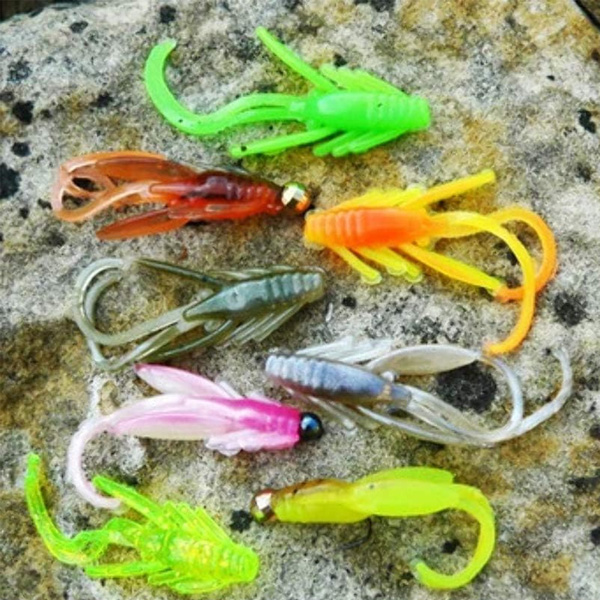
If you are fishing off the bottom using a Carolina style rig, floating power bait is what you want to go with. If you are using a bobber and dropping your lure in on them, then use a sinking formulation or one of the pre-formed grubs that PowerBait makes. Grubs are also the preferred lure when doing a drop shot fishing rig as well.
Different Approaches to Perch Fishing With PowerBait
When fishing for perch with PowerBait, there are different approaches you can take. Understanding these approaches can help you adapt to different fishing conditions and increase your chances of success.
Bottom Fishing Techniques for Perch
Bottom fishing is a popular technique for targeting perch. Here’s how you can use PowerBait for bottom fishing:
- Life Bait Rig – Attach a hook and a split shot to your line, add some bait and cast it out where you think or hope perch will be. As old-school and simple as it gets.
- Carolina Rig – Upgrade your live bait rig with to using a bullet sinker and a stop and you will have a little more control of your lure and be slightly more weed free
- Drop Shotting – Switch where the hook and weight go. Using the weight on the bottom and the hook 12″ to 18″ up means the bait is in their face where you want it.
Top Water Fishing For Perch
Fishing the top of the water for perch breaks down into two camps, bobber fishing and casting lures. Both can be very effective, especially when the are aggressive and hungry
Bobber fishing for perch is as simple as putting the bobber on the line, and either a weight and hook or jig on the end. Add some bait to that and drop it down over the perch’s head to entice them to bite. I like using a slip bobber as it lets me control my depth more easily and cast more accurately
Casting lures for perch is a great way to get big fish action with small perch. Bigger, more aggressive perch are looking for
Troubleshooting Common Challenges
While fishing for perch with PowerBait, you may encounter various challenges. Understanding how to troubleshoot these challenges can help you overcome them and increase your chances of success.
Dealing With No Bites: Tips to Increase Your Success
If you’re not getting bites while fishing for perch with PowerBait, here are some tips to increase your chances of success:
- Finesse your presentation: Adjust your fishing techniques, such as the speed and depth of your retrieve, to mimic the natural movement of prey. Perch can be selective, so experimenting with different presentations can make a difference.
- Change your bait color: If you’re not getting bites, try changing the color of your PowerBait. Perch may have a preference for certain colors depending on the water conditions and the time of year.
By making these adjustments and being adaptable, you can increase your chances of attracting perch and enticing them to bite.
Dealing With No Bites: Tips to Increase Your Success
If you’re not getting bites while fishing for perch with PowerBait, here are some tips to increase your chances of success:
- Finesse your presentation: Adjust your fishing techniques, such as the speed and depth of your retrieve, to mimic the natural movement of prey. Perch can be selective, so experimenting with different presentations can make a difference.
- Change your bait color: If you’re not getting bites, try changing the color of your PowerBait. Perch may have a preference for certain colors depending on the water conditions and the time of year.
By making these adjustments and being adaptable, you can increase your chances of attracting perch and enticing them to bite.
Dealing With No Bites: Tips to Increase Your Success
If you’re not getting bites while fishing for perch with PowerBait, here are some tips to increase your chances of success:
- Finesse your presentation: Adjust your fishing techniques, such as the speed and depth of your retrieve, to mimic the natural movement of prey. Perch can be selective, so experimenting with different presentations can make a difference.
- Change your bait color: If you’re not getting bites, try changing the color of your PowerBait. Perch may have a preference for certain colors depending on the water conditions and the time of year.
By making these adjustments and being adaptable, you can increase your chances of attracting perch and enticing them to bite.
Frequently Asked Questions
Fishing With PowerBait?
The best time of day for perch fishing with PowerBait can vary depending on various factors such as seasonal patterns, feeding habits, and weather conditions. Generally, dawn and dusk are considered prime times for perch activity, as they tend to be more active during low light conditions.
What is the best bait for perch fishing?
PowerBait is one of the best baits for perch fishing due to its effectiveness in attracting fish. Other popular bait options for perch fishing include live bait such as worms and minnows, as well as artificial lures such as grubs and jigs. The best bait for perch fishing may vary depending on the preferences of the fish and the fishing conditions.

